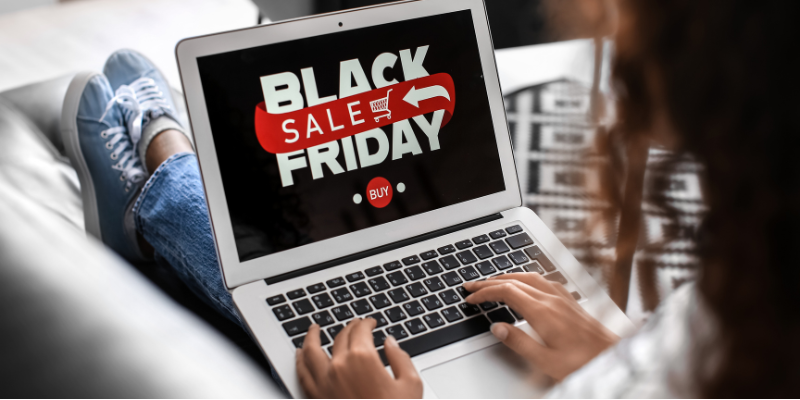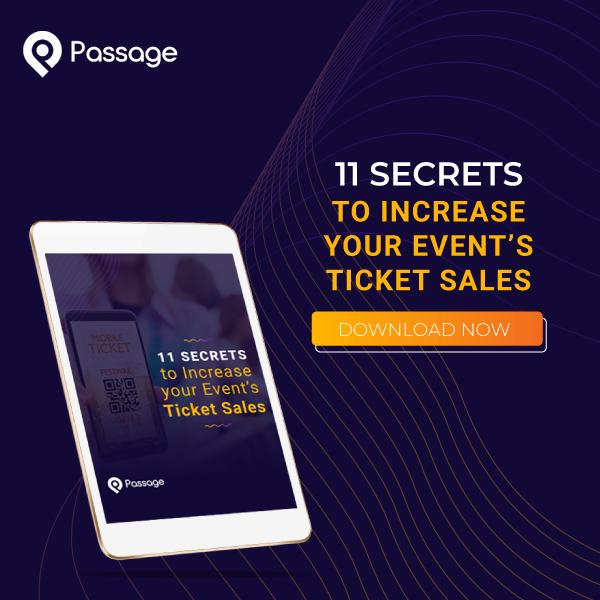Prefer to listen to this story? Click play above or download here.
Instead of offering one set price for your tickets, what if the price could adjust as your event sells out? You’d be able to maximize the value of the last remaining tickets, and increase your overall revenue.
Well, now you can!
We just released a Dynamic Pricing feature. Using ticket triggers, you can adjust the price automatically based on either (1) the quantity sold or (2) the amount of time left before your event starts.
It’s a great way to incentivise guests to buy early, so they can get the best deal. And it can also help to sell out nights that are traditionally less popular. If guests don’t want to pay a premium price for Friday and Saturday night, they can get a great deal on weeknight tickets. Or maybe they can snag a last-minute deal and you can sell out every seat for the night.
Ready to dive in? Let’s take a look at the reasons why you might want to incorporate Dynamic Pricing for your event, plus how to get everything set up on your Passage account.
Benefits of Dynamic Pricing
Dynamic Pricing is great for event producers like you and for your guests, too. Here are just a few of the ways it can help with organizing your event while offering your guests more flexibility.
1. Maximized Revenue
Obviously, more money is always great, but there are really two sides to this benefit:
- Higher Prices in High Demand: When your event is in high demand, dynamic pricing allows for an increase in ticket prices, leading to higher revenue without reducing the number of attendees.
- Discounts to Fill Seats: For lower-demand periods, prices can be reduced to attract more people, ensuring that more seats or tickets are sold rather than going unsold. You could offer a discounted fee for early-bird purchases, or slash prices in the last few hours before your event to fill up the remaining spots.
2. Improved Attendance Forecasting
Dynamic pricing can help predict demand by tracking booking patterns. This can help you make better decisions for future events, including scheduling and capacity planning.
3. Enhanced Customer Segmentation
Different types of customers are willing to pay different prices based on urgency, preference, and availability. Dynamic pricing lets you cater to those preferences, offering deals to price-sensitive customers while charging a premium to those seeking convenience or early access.
4. Better Inventory Management
By adjusting prices in real-time, you can better control how tickets are sold, balancing early sales with last-minute offers to optimize attendance and reduce wasted or unsold tickets.
5. Increased Competitiveness
Dynamic pricing ensures that you remain competitive by allowing prices to adjust according to trends in your local area, maximizing profit during peak times or maybe even undercutting competition when necessary.
6. Encouraging Early Bookings
Dynamic pricing often rewards early bookings by offering lower rates, which can help event planners with cash flow and early commitments, while allowing for price increases closer to the event date.
7. Customized Customer Experience
With dynamic pricing, you can offer loyal customers exclusive access to early-bird rates or personalized discounts, enhancing their experience and incentivising them to keep coming back.
How to Set Up Dynamic Pricing on Passage
The first step is to set up a ticket trigger. Ticket triggers allow you to automate enabling or disabling certain ticket types based on timing or quantity sold.
Go to your Manage Events page by clicking the Events and selecting Manage. Then, open the Select an Option drop-down menu and pick Ticket Triggers from the list. Click the New Ticket Trigger button at the top-right to get started.
1. Set Up Your Ticket Trigger
Decide whether you want your pricing to vary based on time or quantity of tickets sold. Then, fill in your settings:
- Name: Set the name of your trigger to something that will be easy for you and your staff to recognize: such as "Nov. 3 Price Increase" or "Only 10 tickets remaining."
- Type: Choose whether it is either a Time or Quantity based trigger.
- Time: Use this only if you want your trigger to be time-based. Set this as the number of hours before sales end.
- Quantity: If you want your trigger to be based on tickets sold, first select the ticket types this trigger applies to (or leave blank to apply for all ticket types). Then, enter the number of tickets sold after which you want to have the trigger happen.
Finally, manually select the time slots you want the trigger to apply to, or select "Apply to all timeslots" to apply to the entire event.

2. Add Actions
Most ticket triggers will likely have two action steps added:
- The first to disable a ticket or set of tickets, and
- The second to enable a new ticket or tickets to replace what has been disabled.
After setting up your trigger, click the Add Trigger Action button to add an action. Choose whether you want to enable or disable, then select the ticket types you want that to happen to.
When you've added all the actions needed, click the Create Trigger button to complete your ticket trigger's setup.
Final Thoughts
Dynamic Pricing is a great solution for maximizing your ticket revenue, adapt to real-time conditions, optimize profits, and better serve different customer segments. And if you need some help getting started, our team is here for you! Schedule a call with our support team; we’ll set everything up for you, so you can focus on planning an awesome event.












